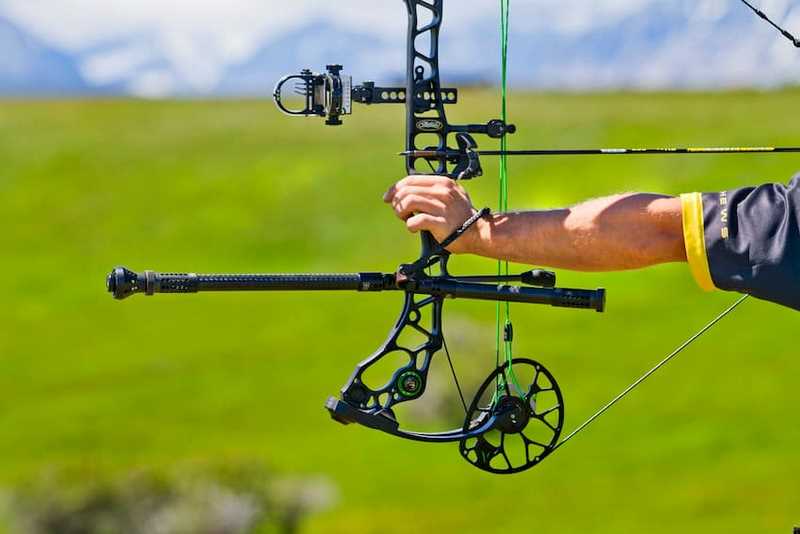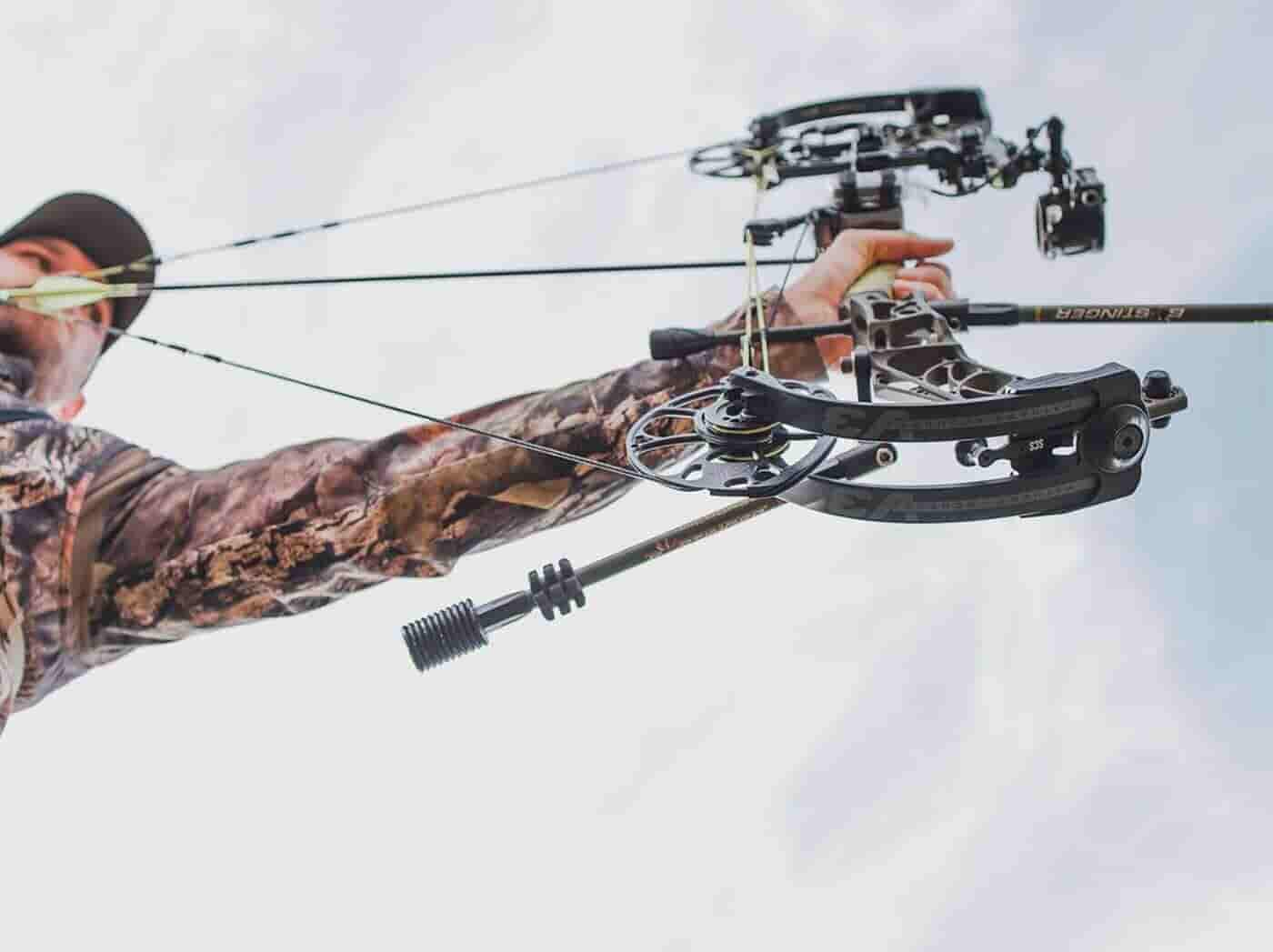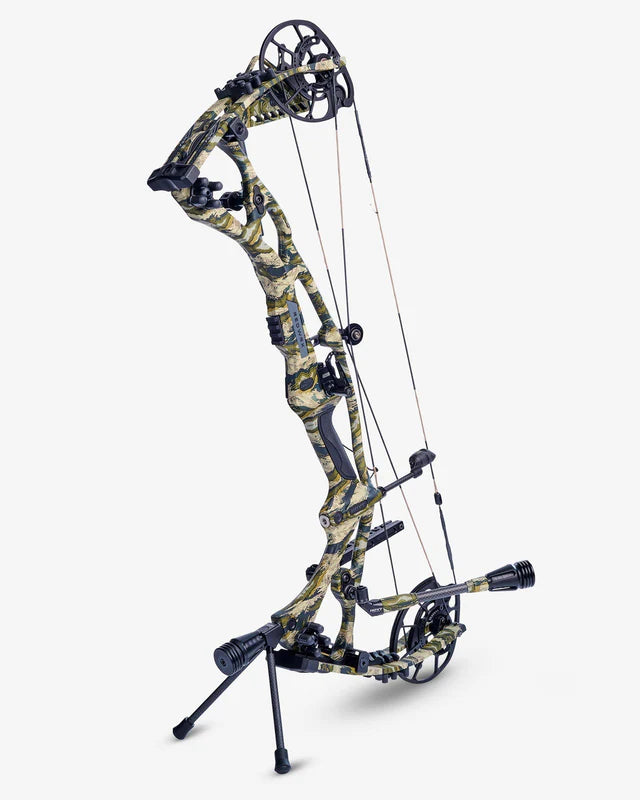Master the Art of Archery: Comprehending the Significance of a Stabilizer in Your Setup
Whether one is a seasoned archer or simply beginning their journey, the significance of a stabilizer in their arrangement can not be overstated. By recognizing the benefits of using a stabilizer, taking into consideration the ideal aspects when choosing one, and appropriately installing and adjusting it, archers can elevate their skills to brand-new elevations.
The Function of a Stabilizer in Archery
A stabilizer plays a crucial duty in archery by improving balance and reducing vibrations during the shot. A stabilizer helps to neutralize these vibrations by dissipating the energy and absorbing (archery stabilizer).
Among the main benefits of a stabilizer is its ability to improve equilibrium. When an archer holds a bow, it can be testing to maintain a steady aim. The weight of the stabilizer helps to disperse the weight equally, lowering the pressure on the archer's arm and enhancing security. This allows the archer to concentrate on their objective and perform an extra exact shot.
In enhancement to equilibrium, a stabilizer also aids to minimize torque. The weight and design of a stabilizer combat this turning, making certain a much more exact and regular shot.
Benefits of Making Use Of a Stabilizer
The utilization of a stabilizer in archery provides countless advantages that improve an archer's efficiency and overall capturing experience. By taking in and moistening these resonances, the stabilizer boosts the security of the bow, permitting for more exact and regular shots.
Secondly, a stabilizer assists to stabilize the bow by adding weight to the front end. This weight circulation counteracts the natural tendency of the bow to tip ahead upon launch, reducing the amount of movement and improving the archer's capacity to keep purpose on target.

Finally, a stabilizer can additionally function as a shock absorber, decreasing the shock and recoil experienced upon launch. This not just enhances the comfort of capturing but likewise decreases the risk of injury or stress on the archer's body.
Exactly How a Stabilizer Improves Accuracy
Enhancing the accuracy of an archer's shots, a stabilizer plays a critical role in enhancing overall performance. archery stabilizer. By including stability to the bow, a stabilizer helps minimize the undesirable activity and resonance that can happen throughout a shot. This reduction in movement allows the archer to keep a steady purpose, resulting in even more consistent and exact shots

In addition, a stabilizer aids to moisten vibrations that happen upon release. These vibrations can create the acquiesce tremble, impacting the arrowhead's trajectory and accuracy. By soaking up and dissipating these vibrations, a stabilizer assists to preserve the bow's stability and make certain a smooth and accurate shot.
Furthermore, a stabilizer can also assist in stabilizing the weight distribution of the bow (archery stabilizer). By adding weight to the front of the bow, a stabilizer helps to stabilize the weight of devices, such as sights or quivers, which may be connected to the bow. This well balanced weight circulation assists the archer maintain a controlled and stable shooting placement, bring about enhanced precision
Factors to Consider When Selecting a Stabilizer
When selecting a stabilizer for your bow, it is necessary to take into consideration a number of factors that will certainly add to its general performance and suitability for your specific shooting design. The very first factor to think about is the length of the stabilizer. Stabilizers can be found in various sizes, ranging from short to long. Longer stabilizers typically give more security and balance, however they can additionally be larger and harder to maneuver. Much shorter stabilizers, on the various other hand, provide much better maneuverability however might sacrifice some stability.
An additional variable to take into consideration is the weight of the stabilizer. The weight of the stabilizer can impact the equilibrium of your bow.
Some stabilizers have flexible functions, such as adjustable length or adjustable weights, which permit you to personalize the stabilizer to your particular needs. Carbon fiber stabilizers are long lasting and lightweight, while light weight aluminum stabilizers use a see post balance between weight and strength.
Various stabilizers might function much better for particular shooting styles, such as target capturing or hunting. It is recommended to consult with knowledgeable archers or specialists to identify which stabilizer will certainly ideal fit your specific needs.
Tips for Appropriately Changing a stabilizer and mounting
Appropriate setup and adjustment of a stabilizer is important for maximizing its efficiency and making sure optimum capturing accuracy. When setting up a stabilizer, it is very important to adhere to a couple of key steps to ensure its efficiency. Initially, establish the ideal size of the stabilizer based on your shooting look these up design and choices. Longer stabilizers supply more stability but can be less maneuverable, while shorter stabilizers supply increased ability to move yet might give up security. Connect the stabilizer to the bow utilizing the provided placing hardware once you have chosen the suitable length. Make sure that the stabilizer is firmly secured and lined up with the bow's riser.
After mounting the stabilizer, it is needed to make modifications to attain the preferred equilibrium and shot consistency. Beginning by changing the weight circulation along the stabilizer. This can be done by adding or eliminating weights from the stabilizer's weight system. Explore various weight setups to locate the balance that works best for you. Furthermore, consider changing the angle of the stabilizer to fine-tune the shot. A small forward or backwards tilt can affect the bow's equilibrium and how it responds throughout the shot.

Final Thought
In final thought, a stabilizer plays an important role in archery by enhancing precision and decreasing bow torque. When selecting a stabilizer, variables such as product, weight, and size ought to be taken into consideration to meet individual requirements.
Furthermore, a stabilizer can likewise help in stabilizing the weight circulation of the bow. By including weight to the front of the bow, Our site a stabilizer aids to balance the weight of accessories, such as quivers or views, which may be affixed to the bow. Some stabilizers have adjustable functions, such as adjustable length or adjustable weights, which enable you to personalize the stabilizer to your specific needs. Carbon fiber stabilizers are lightweight and resilient, while light weight aluminum stabilizers supply an equilibrium in between weight and rigidity.
Longer stabilizers provide more stability but can be less maneuverable, while much shorter stabilizers provide enhanced ability to move but might give up security.